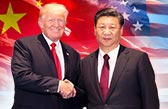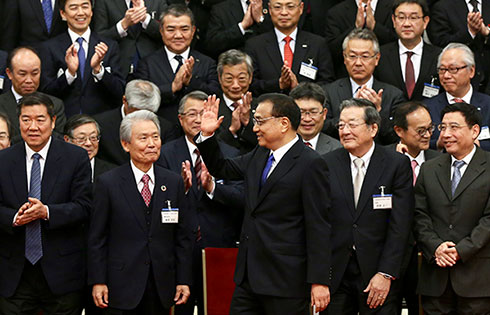Shaping the future of sustainable energy in Asia-Pacific
We must end this inequality, but we need to do so in a way that is smart and sustainable, utilizing natural resources, while preserving the integrity of the ecosystems on which the world depends.
In addition to the hundreds of millions without access to modern energy services, the Asia-Pacific region also has some of the highest levels of carbon intensity. The region's primary energy intensity is among the highest in the world, despite rapid and significant reductions in recent decades. This limits long-term national and regional competitiveness - jeopardizing employment opportunities and income levels.
The Asia-Pacific region has some of the largest exporters and importers of fossil fuels, as well as the highest rates of fossil fuel subsidies. Worldwide, these subsidies were six times greater than the financial support for renewable energy. The increasing dependency on fossil fuel imports in both the largest economies and the most vulnerable small island states exposes the region to the risks of oil price volatility, and the impacts of climate change, such as extreme weather events.
Rebalancing the energy mix is therefore critical. The countries in the region have one of the fastest growing rates of investment in and added capacity for renewable energy, taking advantage of ample supplies of solar, hydro, wind, biomass, geothermal and ocean energies. Still, the current energy mix remains mostly fossil fuel based, especially coal, with renewable resources, including hydro, accounting for only 16 percent of total electricity production.
These additional challenges are why a comprehensive, long-term understanding of “enhanced energy security” is evolving in the Asia-Pacific region. This concept moves beyond calculations of supply and demand alone, toward a holistic consideration of multiple aspects, including access, efficiency, renewables, environment, economics, trade and investment, and connectivity.
As early as 2008, member states of the UN Economic and Social Commission for Asia and the Pacific were developing a regional framework to address these challenges, passing a resolution at the annual commission session on promoting renewables for energy security and sustainable development. In a lecture last year to the Energy Market Authority in Singapore, I also proposed that the region should explore the creation of a game-changing ‘Asian Energy Highway' - an integrated regional ‘smart grid'.
These discussions culminated in May, when the ESCAP organized the Asian and Pacific Energy Forum, the first intergovernmental conference of energy ministers held under the auspices of the UN in the region. Supported by the Russian Federation, 34 countries met in Vladivostok and adopted a groundbreaking framework - a Ministerial Declaration and five-year plan of action on regional cooperation for enhanced energy security and the sustainable use of energy.
One key area of action is to develop common infrastructure, and to promote energy policies that accelerate regional economic integration. Energy connectivity is not something new to the region. The ASEAN Power Grid, the emerging SAARC Market for Electricity, and the GMS Power Market are all key examples of sub-regional initiatives that could be linked and expanded under a common vision.
The lesson of these initiatives is that regional cooperation works best when it is based on such a common vision. As evidenced by the Asia-Pacific countries in Vladivostok, the region is committed to shaping the regional energy future we want: one of equity, efficiency and resilience, to benefit our people and planet.
Dr Noeleen Heyzer is the Under-Secretary-General of the United Nations, Executive Secretary of the Economic and Social Commission for Asia and the Pacific, and Special Adviser of the United Nations Secretary-General for Timor-Leste.



























